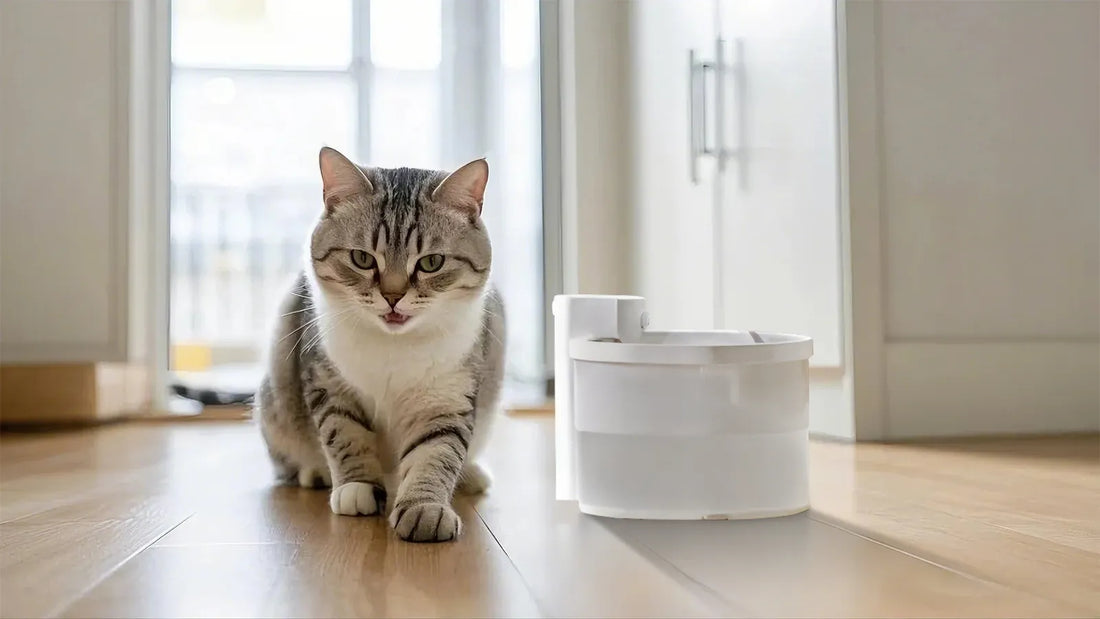When it comes to your dog's dental health, anesthesia is often a necessary part of the teeth cleaning process. But how long is a dog under anesthesia for teeth cleaning? This question is crucial for pet owners who want to ensure their furry friends are safe and comfortable during the procedure. Let's dive into the details to understand what to expect and how to prepare for your dog's dental care.
Why Anesthesia Is Required for Dog Teeth Cleaning
Anesthesia is essential for dog teeth cleaning because it allows veterinarians to perform a thorough and safe procedure. Dogs cannot understand or cooperate with the process, and anesthesia ensures they remain still and pain-free. It also enables the vet to clean below the gumline, where most dental issues originate. Without anesthesia, it would be impossible to achieve a comprehensive cleaning, and the dog would likely experience significant stress and discomfort.
Factors Influencing the Duration of Anesthesia
The length of time a dog remains under anesthesia for teeth cleaning can vary based on several factors. These include the dog's size, age, overall health, and the extent of dental work required. Smaller dogs may require less time under anesthesia compared to larger breeds. Additionally, older dogs or those with underlying health conditions may need extra monitoring, which can extend the duration. The complexity of the dental procedure, such as the need for extractions or treatment of periodontal disease, also plays a role in determining how long the anesthesia will last.
Typical Duration of Anesthesia for Dog Teeth Cleaning
On average, a dog will be under anesthesia for about 60 to 90 minutes during a routine teeth cleaning. However, this timeframe can extend to two hours or more if additional dental work is required. The anesthesia process itself includes pre-anesthetic preparation, the actual cleaning, and post-anesthetic recovery. Your veterinarian will closely monitor your dog's vital signs throughout the procedure to ensure their safety and well-being.
Pre-Anesthetic Preparation and Safety Measures
Before the procedure, your veterinarian will conduct a thorough pre-anesthetic evaluation to assess your dog's health. This may include blood tests, physical examinations, and other diagnostic tests to identify any potential risks. Based on the results, the vet will tailor the anesthesia plan to suit your dog's specific needs. During the procedure, advanced monitoring equipment will be used to track your dog's heart rate, blood pressure, oxygen levels, and other vital signs. These safety measures help minimize the risks associated with anesthesia and ensure a smooth recovery.
Post-Anesthetic Recovery and Care
After the teeth cleaning procedure, your dog will be moved to a quiet, comfortable area to recover from anesthesia. The recovery process typically takes 30 minutes to an hour, but it can vary depending on the dog's individual response to anesthesia. During this time, your dog may appear groggy or disoriented, which is normal. Your veterinarian will provide specific post-operative care instructions, including monitoring your dog for any signs of complications, such as vomiting, lethargy, or difficulty breathing. With proper care, most dogs recover fully within 24 hours.
How to Prepare Your Dog for Anesthesia
To ensure a smooth and safe anesthesia experience for your dog, it's important to follow your veterinarian's pre-procedure instructions. These may include fasting your dog for a specific period before the procedure to prevent complications like aspiration pneumonia. Additionally, inform your vet about any medications, supplements, or health conditions your dog has. Providing a calm and stress-free environment before the procedure can also help your dog feel more at ease.
Risks and Benefits of Anesthesia for Dog Teeth Cleaning
While anesthesia carries some risks, the benefits of professional teeth cleaning far outweigh the potential downsides. Untreated dental issues can lead to severe health problems, including infections, tooth loss, and even damage to vital organs. Anesthesia allows veterinarians to address these issues effectively and prevent long-term complications. Modern anesthesia techniques and monitoring equipment have significantly reduced the risks, making the procedure safer than ever for dogs.
Alternatives to Anesthesia for Dog Teeth Cleaning
Some pet owners may wonder if there are alternatives to anesthesia for dog teeth cleaning. While non-anesthetic dental cleanings are available, they are not as effective as traditional methods. Non-anesthetic cleanings only address the visible surfaces of the teeth and cannot treat underlying issues like periodontal disease. For a thorough and comprehensive cleaning, anesthesia remains the best option. Always consult your veterinarian to determine the most appropriate approach for your dog's dental care.
Frequently Asked Questions About Dog Anesthesia
Many pet owners have questions and concerns about anesthesia for their dogs. Common questions include: Is anesthesia safe for older dogs? What are the signs of anesthesia complications? How can I reduce my dog's anxiety before the procedure? Your veterinarian is the best resource for addressing these concerns and providing personalized advice. Open communication with your vet can help alleviate any worries and ensure your dog receives the best possible care.
Understanding how long a dog is under anesthesia for teeth cleaning is just one part of ensuring their dental health. By working closely with your veterinarian and following their recommendations, you can help your dog maintain a healthy smile and overall well-being. Don't let fear of anesthesia prevent you from addressing your dog's dental needs—modern veterinary care makes the process safe, effective, and stress-free for both you and your pet.













